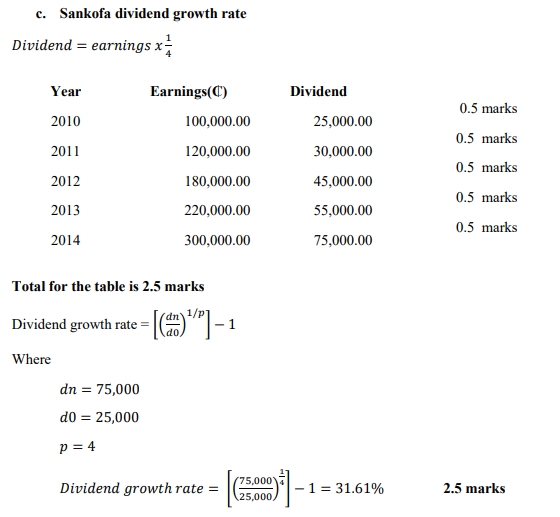- 5 Marks
Question
There are two major opposing views of dividend policy: the Modigliani and Miller’s dividend irrelevance theory and the traditional view of dividend policy.
Required:
i) Distinguish between the TWO (2) opposing views of dividend policy. (2 marks)
ii) Explain TWO (2) of the dividend relevance theories. (3 marks)
Answer
i) Dividend irrelevance theory vs. Traditional dividend relevance theory:
- Dividend irrelevance theory (Modigliani and Miller):
This theory, proposed by Modigliani and Miller, argues that in a perfect market (no taxes, no transaction costs, etc.), the dividend policy of a company does not affect the value of the firm. According to this view, the value of the firm is determined solely by its earnings power and risk of its underlying assets, and not by how it distributes its earnings between dividends and retained earnings. - Traditional dividend relevance theory:
The traditional view suggests that dividend policy does impact the value of the firm. This theory argues that investors value dividends more highly than future capital gains because of the certainty associated with dividends. Consequently, higher dividends increase the value of the firm, and therefore, dividend policy should be designed to maximize shareholder wealth.
(2 marks)
ii) Dividend relevance theories:
- The Bird-in-Hand Theory:
This theory posits that investors prefer dividends over future capital gains because dividends are more certain. According to this theory, investors view dividends as “a bird in the hand,” which is more valuable than “two in the bush,” i.e., potential future capital gains. As a result, companies that pay higher dividends will have higher share prices. - The Signaling Theory:
This theory suggests that dividend announcements convey information to the market about the company’s future prospects. For example, an increase in dividends may signal that the company’s management is confident about future earnings, leading to a positive reaction in the stock price. Conversely, a decrease in dividends may signal financial trouble, leading to a decrease in stock price.
(2 theories @ 1.5 marks each = 3 marks)
- Topic: Dividend Policy
- Series: NOV 2020
- Uploader: Theophilus


